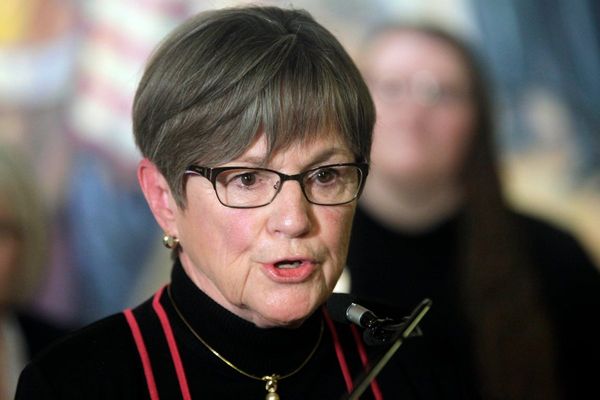A political battle is looming over whether welfare payments will be increased next April in line with soaring inflation.
Here is a look at what it could mean for households.
– What is the controversy about?
Prime Minister Liz Truss has said no decision has yet been made on whether welfare payments will be increased in line with inflation.
There have been suggestions that benefits could instead increase in line with earnings, which are rising by around 5%, as opposed to inflation which is running at around 10%.
State pensions, however, normally have the protection of the “triple lock”, which guarantees that pensions are uprated by inflation, earnings or 2.5% – whichever is higher.
Chancellor Kwasi Kwarteng has said the Government is committed to the triple lock.
State pensions and benefits increased by 3.1% this year, after the triple lock was temporarily suspended for a year.
These benefits include working-age benefits, benefits to help with additional needs arising from disability, and carers’ benefits.
– Who receives benefits?
According to Department for Work and Pensions (DWP) statistics, 22 million people claimed some combination of DWP benefits in February 2022, of whom 30% claimed more than one benefit.
In the year to February 2022, the number of people receiving the state pension rose by 1.1% to reach 12.5 million.
Universal Credit (UC) has been gradually replacing some older-style working age benefits – and there were 5.7 million UC claimants at July this year.
Women, who often bear the brunt of caring responsibilities, made up 56% of people on UC in July.
UC is available to people on low incomes and those who are out of work. The employment rate for people on UC was 41% in June this year.
– What could the impact be if benefits were to rise in line with earnings instead of inflation?
The Joseph Rowntree Foundation (JRF) recently calculated that if benefits were raised by about 5.4%, this would amount to the biggest permanent real-terms cut to the basic rate of benefits made in a single year. It said uprating benefits by 5.4% would mean that values are around 15% below their April 2016 level in real terms.
Katie Schmuecker, principal policy adviser for the JRF, said on Friday: “If the Government goes down this track it will be a devastating blow to low earners, families with children, those who are carers, sick or disabled.”
– What about wider wealth inequalities?
The Government is giving targeted cost-of-living support this winter to help those who may be particularly vulnerable, in addition to wider support.
As part of this, households receiving DWP benefits will receive the second part of a £650 cost-of-living payment from November 8, continuing through to November 23.
More than eight million households have already received the first cost-of-living payment, worth £326, which was sent out from July.
Meanwhile, the Resolution Foundation think tank has calculated that, despite the U-turn on the 45p tax rate for top earners, the richest 5% of households still stand to gain £3,500 on average next year from the tax cuts announced in the recent fiscal statement – nearly 40 times as much as the average £90 cash gain for the poorest fifth of households.
The Foundation’s analysis indicates that a quarter of the cash gains from the tax cuts package are going to the richest 5% of households.
– What has the Prime Minister said about why other benefits may not necessarily increase at the same rate as the state pension?
Pressed on the matter on LBC radio, Ms Truss said that for pensioners on a fixed income “it is quite hard to adjust”.
She added: “I think it’s a different situation for people who are in the position to be able to work.”
Ms Truss also told BBC Radio 4’s Today programme: “I am very committed to supporting the most vulnerable”, adding: “We have to be fiscally responsible.”







